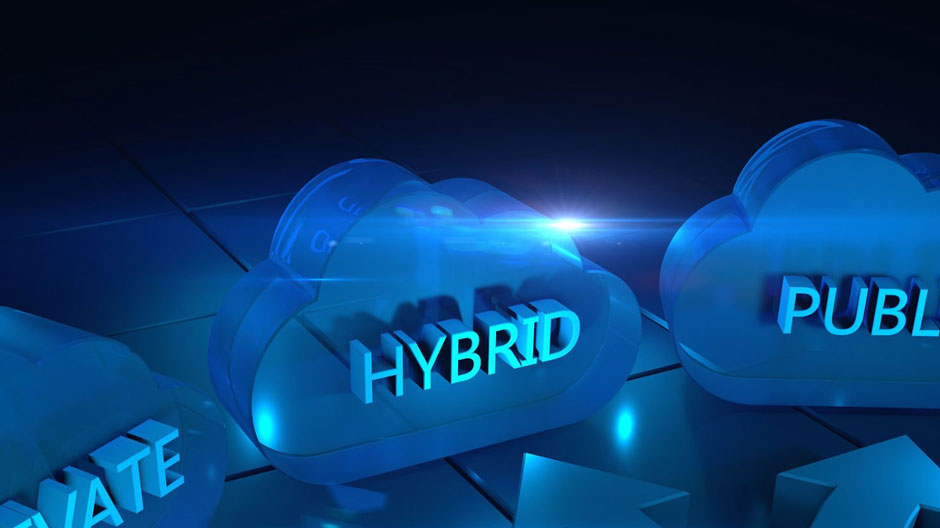- Andrew Melillo, Director of Professional Services
- linkedin.com/in/andrewmelillo/
- May 14, 2025

Until recently, hybrid cloud typically referred to splitting workloads between on-prem systems and the cloud. But in 2025, that definition doesn’t come close to what businesses are truly dealing with. It’s not uncommon to run a mix of systems across on-prem infrastructure, AI environments, cloud platforms, and edge devices. It’s still a hybrid environment, but the scope and complexity have grown well beyond where it started.
Consider this:
- 96% of businesses use public cloud in 2025.1
- 75% of enterprise data is expected to be created outside traditional data centers by the end of 2025,2 much of it at the edge.
- Nearly half of companies today are using AI/ML platform-as-a-service tools for real-time processing and automation.3
It’s not about managing two environments anymore; it’s about managing a mix of multiple environments—and that adds a whole new layer of complexity to an infrastructure strategy.
Why This Complicates Things:
With data and workloads spread across multiple environments, new challenges are emerging that old models weren’t built to handle, including:
- Lack of visibility: When workloads live across cloud, on-prem, edge, and AI platforms, it’s hard to see the full picture. Teams often don’t know what’s running where, who owns it, or how it’s performing—until something breaks.
- Security vulnerabilities: Each environment comes with its own risks, tools, and policies. A gap in one area—like an unpatched edge device or a misconfigured cloud service—can open the door to system-wide exposure.
- Compliance complexities: As data flows across borders and platforms, businesses are expected to meet a growing list of rules—from industry-specific mandates to global privacy laws. But when data is everywhere, tracking and enforcing those rules becomes a logistical nightmare.
- Integration issues: Legacy systems weren’t built to talk to cloud-native tools. AI models don’t always plug neatly into existing infrastructure. Without thoughtful integration, data gets siloed and teams waste time patching systems together instead of driving value.
- Limited agility: Business priorities shift fast—whether it’s entering a new market, launching a new service, or responding to a threat. Infrastructure needs to move just as fast. If it can’t, it turns into a bottleneck.
A Roadmap for Modern Hybrid Success
These systems live in different places, were built at different times, and are managed by different teams—but they all need to work together. No matter where you’re starting from, here’s what you can do to move forward:
- Modernize your infrastructure to shift workloads more easily, bring in new platforms, and scale without major disruption.
- Connect your systems by using APIs, integration tools, and data pipelines to bridge gaps and create cleaner workflows.
- Expand your visibility with centralized monitoring and alerting tools that pull insights from across all environments into one place.
- Strengthen your infrastructure for AI by layering in cloud-based AI services, scaling compute power, and expanding storage where it’s needed most.
- Strengthen security and compliance by embedding protections that close gaps created by disconnected systems and growing hybrid complexity.
At Melillo, we help you manage the complexity of an expanding hybrid environment—integrating cloud, on-prem, edge, AI, and more into one cohesive strategy. Let’s talk about how your infrastructure can support what’s next.
